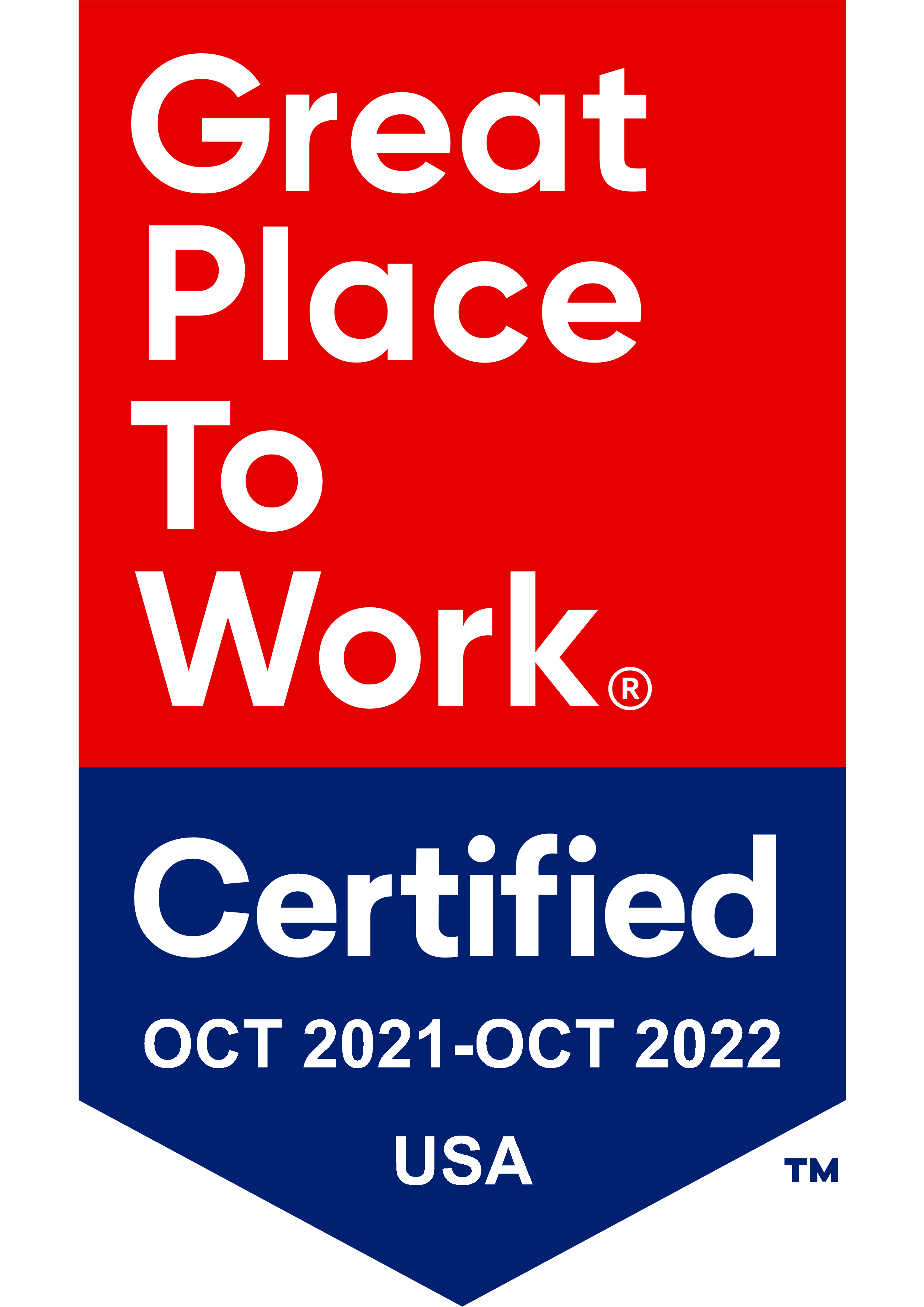A Love Letter to Firm Owners
Note: This blog was originally published October 13, 2016 and has been updated to be part of our 6-part series on 'Getting Buy-in for DMS."
 When I was younger, I worked at an RIA where one of my job responsibilities was to handle all inbound inquiries from prospective clients. We had a CRM system, but this was early days. It would still be several years before a CRM specific to the RIA industry would be available.
When I was younger, I worked at an RIA where one of my job responsibilities was to handle all inbound inquiries from prospective clients. We had a CRM system, but this was early days. It would still be several years before a CRM specific to the RIA industry would be available.
We knew the CRM system we had in place could automate workflow, but it that it would take a good bit of education and work to set up. My boss sanctioned me to help define our firm’s needs and obtain proposals from various technology providers to customize our CRM, and I was excited about the opportunity.
I honed in one that I thought was a really great fit for what we needed and obtained the proposal. The cost was in the ball park of $10 to $12k (remember, this was many years ago). Given what I thought the automation would permit us to do, I thought it was a good investment. The proposal was dead on arrival; the cost sunk it, and I failed to get the green light.
I could live with investing a lot of time and energy in a project that died. The real disappointment was due to how enthusiastic I had become over the project. From all my research, I envisioned what a big difference this would make – to me and the whole firm by helping bring in more revenue.
It was a few months later when I received my annual performance review and pay raise. At the time, I remember thinking – “I’d rather have tools to perform my job better than a pay raise” – that’s how much it meant to me. I never forgot that feeling.
Was I an anomaly?
From reading some survey results from a whitepaper called “Millennials at Work: Reshaping the Workplace” produced by PricewaterhouseCoopers, I think not.
“59% said that an employer’s provision of state-of-the art technology was important to them when considering a job, but they habitually use workplace technology alongside their own. Over half of those questioned routinely make use of their own technology at work, and 78% said that access to the technology they like to use makes them more effective at work.”
Further, “More than two in five of those questioned said they felt that their use of technology was not always understood, and some felt held back by outdated and rigid work styles.”
While I do not yet see millennials necessarily selecting one particular job over another based on what technology is at their disposal in their new role, there is an important takeaway here about the role technology plays in employee happiness.
Given chatter at RIA conferences and website posts that there will be a shortage of employees to fill the jobs of the financial services sector, if a firm with more modern RIA technology recruits a trained millennial from another firm lacking in technology, we may begin to see (and suffer from) a lot of lateral moves in the industry. Just imagine having to continually replace trained employees that have made lateral moves to more tech-savvy firms. It’s a stressor on your clients, your growth, and your team’s morale, not to mention your sanity.
I remember encountering an advisor at a financial planning conference a few years ago who had been absent from the conference scene for a while. After walking the exhibit area, he remarked to me, “Wow – we used to be so cutting edge. It’s amazing how much changes in just two years. Now, I feel like we’ve fallen behind.”
My experience is that it is no longer OK to put off modernizing your RIA technology.
If you don’t have basics like automated reporting or real productivity boosters (document management, portal, CRM), then wade out there and recommit to implementing technology in the coming year.
Waiting any longer to modernize your technology could prove to be not just more costly in the long run, but painful from a client servicing and business continuity standpoint. Outdated RIA technology is not worth losing employees over. Instead think of technology as an employee benefit.



